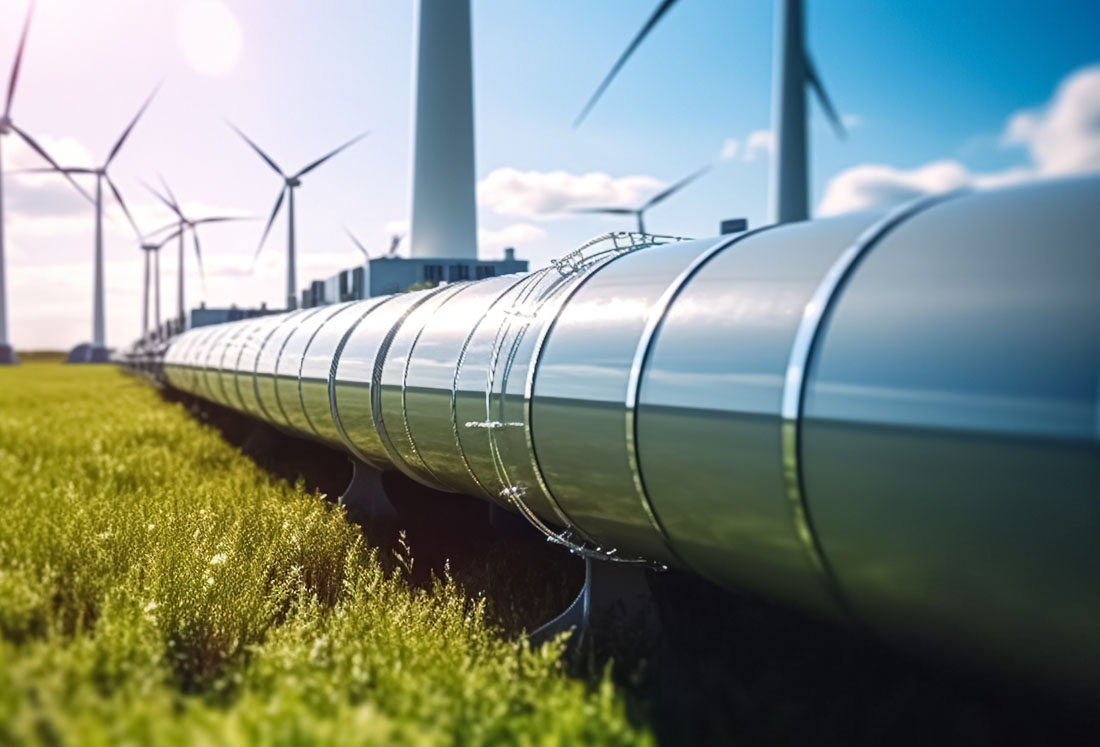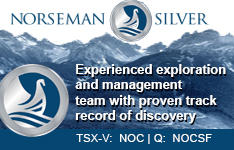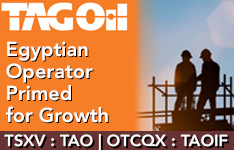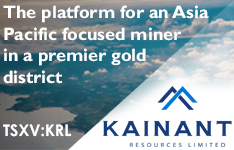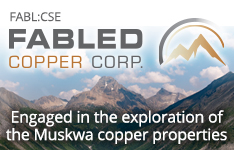Spey Resources Corp. (SPEY:CSE; SPEYF:OTC; 2JS:FRA) announced its National Instrument 43-101 Mineral Resource Estimate (MRE) for its Candela II project in South America's Lithium Triangle has been completed.
It contained lithium metal of 86,000 tonnes, equating to 457,520 tonnes of in-situ lithium carbonate equivalent (LCE) and a lithium yield of 48,000 tonnes LCE from 9,000 tonnes of lithium metal.
"The Board considers the project to continue to be viable, and using the current estimates, building a 5,000-tonne Ekosolve plant at the (recent) lithium carbonate price of US$30,000 per tonne would provide the basis for a scoping study analysis given the plant would have a 9.5-year mine life, assuming the resource isn't expanded through subsequent work," the company said in a release.
Lithium, important for the new green economy, including the construction of electric vehicles (EVs) and just about every electronic device you have, was worth US$26,457 per tonne on Wednesday, which would make 457,520 tonnes worth more than US$11.2 billion.
That price per tonne rose as high as US$75,000 in 2022, and Institutional Investor predicted that those prices would rise again.
"We expect prices will average around $36,000 per metric ton from 2023-30," the website said. "In years when the supply deficit widens, we see prices rising, while we see prices falling when the deficit shrinks."
Lithium, important for the new green economy, including the construction of electric vehicles (EVs) and just about every electronic device you have, was worth US$26,457 per tonne on Wednesday, which would make 457,520 tonnes worth more than US$11.2 billion.
The company said average specific yield values were applied to the total metal tonnages to obtain the yield from the available brine. The LCE is calculated from the ratio of lithium carbonate (Li2CO3) to Li (lithium) (5.32:1).
"Based on the results of exploration work conducted to date, additional exploration activities are justified to better characterize the sub-surface brine within the concession," wrote WSP Australia Pty Ltd., which completed the estimate. "To date, the upper part of the aquifer has been drilled and tested. Additional drilling and testing will allow for expansion of the resource laterally, throughout the concession area, and deeper to basement."
The Lithium Triangle is also home to some other major lithium miners, including Albemarle Corp. (ALB:NYSE) and SQM (SQM:NYSE), which both have market caps over US$15 billion. The Incahausi Salar is home to Jiangxi Ganfeng Lithium Co. Ltd. (GNENF:OTCMKTS; 002460:CH), Allkem Ltd. (OROCF;OTCMKTS), Power Minerals Ltd. (PNN:ASX; PEIMF:OTCPK), and Patagonia Lithium Ltd. (PL3:ASX)
Because of this, Golden Opportunities Newsletter has called Spey "a smart money play."
The Catalyst: A Path to Production
WSP recommended an additional three diamond-cored exploration wells and two pumpable wells at an expected cost of about US$2.4 million.
"Pumping tests should be conducted in the two pumpable wells to demonstrate bore yields and aquifer hydraulic parameters (hydraulic conductivity and storativity), which are critical parameters for the development of a future numerical groundwater model and also play a vital role in determining the number of production bores required," WSP noted.
Golden Opportunities Newsletter has called Spey "a smart money play."
If the results are favorable for a lithium extraction project, the company should conduct further studies on the site's hydrogeological model, supporting a pre-feasibility study (PFS) and supporting the estimation and reporting of an Initial Mineral Reserve for Candela II.
Spey is also finalizing its shareholder agreement with AIS Resources SA for the development of the Candela II concession, with Spey holding an 80% interest and AIS holding a 20% interest.
The next milestone will be a production well and two exploration wells to conduct a brine release test and specific yield test, the company noted.
The company sees a path to production at the project in the next 18 to 24 months.
Growing Market Powers Electric Revolution
Lithium is a major component of EV batteries, where it is used as a cathode and electrolyte. The soft, silvery metal with highly reactive and flammable properties is also used to strengthen alloys, as a high-temperature lubricant, and as a drug to treat bipolar disorder.
The lithium market is expected to grow globally from US$37.8 billion in 2022 to US$89.9 billion in 2030, according to a report by Fortune Business Insights.
"The growing adoption of hybrid and electric vehicles (EVs), high-drain portable electronics, and energy storage systems has had a huge impact on the growth of the overall market," the report said.
Analysts from Eight Capital also predicted that lithium market deficits will widen this decade, and the shortfalls will be driven by demand in North America.
The United States' EV penetration of 6% lags China's 26% and Europe's 20%, analysts Anoop Prihar and Alex Riazanov of Eight Capital wrote in a recent research note. But President Joe Biden's administration has committed to a target of 50% of new vehicle sales being EVs by 2030.
"We estimate North American lithium nameplate production capacity will be 262,900 LCE (million tonnes lithium carbonate) in 2026 based on projects that currently have completed a Definitive Feasibility Study (DFS)," Prihar and Riazanov wrote. "Although this is a significant increase from the current North American production capacity of 6,000 tonnes LCE, it's still more than 128,000 tonnes short of what we anticipate will be required by the battery plants. As such, we anticipate the fundamentals underlying lithium demand to remain robust."
Chinese lithium prices have remained mostly on the downtrend in 2023, Fastmarkets reported, following the country's halt to an EV subsidy.
China is expected to only post limited monthly growth from August, said Fastmarkets' senior analyst for battery raw materials, Vicky Zhao.
 Streetwise Ownership Overview*
Streetwise Ownership Overview*
Spey Resources Corp. (SPEY:CSE; SPEYF:OTC; 2JS:FRA)
"The annual growth rate of EV sales is forecast to be lower compared with last year, and lithium prices are falling, both of which contributed to a wait-and-see attitude prevalent in the battery supply chain," Zhao said.
Ownership and Share Structure
Spey trades on the Canadian Securities Exchange under the symbol SPEY and on the U.S. OTC market as SPEYF. Over the last year, it has traded in the range of CA$0.40 to CA$0.03, with a current market cap of CA$4.44 million. Approximately 116 million shares are outstanding, with about 114 million free-floating.
The company is covered by newsletter writer Clive Maund and Brien Lundin of Gold Newsletter.
About 4.7% of the company is owned by insiders, including Director Lawrence Hay, who owns 2.11 million shares, and Chief Executive Officer and lithium brine geologist Phillip Thomas, who owns more than 2 million shares. The rest is retail.
Sign up for our FREE newsletter
Important Disclosures:
- As of the date of this article, officers and/or employees of Streetwise Reports LLC (including members of their household) own securities of Spey Resources Corp.
- Steve Sobek wrote this article for Streetwise Reports LLC and provides services to Streetwise Reports as an employee.
- The article does not constitute investment advice. Each reader is encouraged to consult with his or her individual financial professional. By opening this page, each reader accepts and agrees to Streetwise Reports' terms of use and full legal disclaimer. This article is not a solicitation for investment. Streetwise Reports does not render general or specific investment advice and the information on Streetwise Reports should not be considered a recommendation to buy or sell any security. Streetwise Reports does not endorse or recommend the business, products, services or securities of any company mentioned on Streetwise Reports.
For additional disclosures, please click here.


